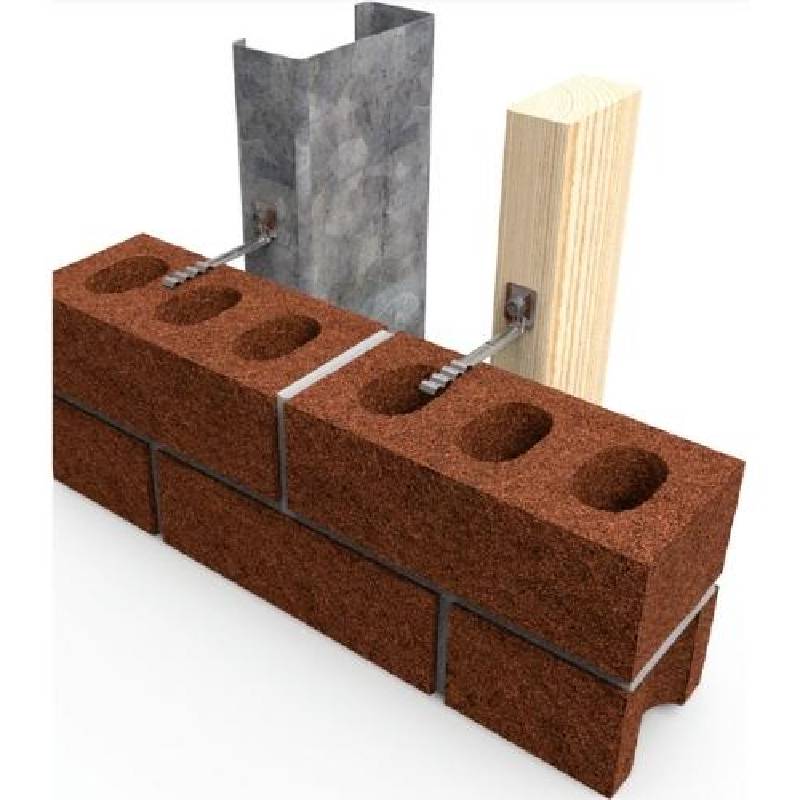
- Mobile Phone
- +8613931874955
- sales@cntcmetal.com
Flat Ribbed Metal Lath for Enhanced Strength and Durability in Construction Applications
Flat Rib Metal Lath An Essential Component in Modern Construction
In the ever-evolving world of construction materials, flat rib metal lath has emerged as one of the most versatile and indispensable components for a variety of applications. This innovative product is primarily used for reinforcing plaster and other surface coatings, enabling them to bond securely and ensure durability. Understanding the properties, applications, and benefits of flat rib metal lath can be instrumental for architects, builders, and contractors looking to enhance the quality and longevity of their projects.
What is Flat Rib Metal Lath?
Flat rib metal lath is typically made from galvanized steel or other corrosion-resistant materials. The flat rib design features a series of raised ribs that enhance the lath's rigidity and strength while simultaneously providing a superior bond surface for plaster or stucco. The ribs create channels that increase the surface area for adhesion, thus preventing cracking and ensuring that the plaster adheres firmly.
Key Features and Benefits
1. Durability One of the most significant advantages of using flat rib metal lath is its durability. Unlike traditional wood lath, which can warp or decay over time, metal lath maintains its integrity and performance. The galvanized finish protects it from rust and corrosion, making it suitable for use in various climates and environmental conditions.
2. Versatility Flat rib metal lath can be employed in numerous applications, including interior and exterior walls, ceilings, and even in the construction of curved surfaces. Its lightweight nature allows for easy handling and installation, and it can accommodate various types of plaster and stucco finishes, including thin-coat and heavy-coat applications.
3. Cost-Effectiveness While the initial investment in flat rib metal lath may be higher than other lathing materials, its longevity and reduced maintenance requirements make it a cost-effective choice in the long run. Projects that use this material often see fewer repairs and less material waste, contributing to overall savings.
flat rib metal lath

4. Fire Resistance Metal lath is inherently fire-resistant, making it an excellent choice for applications where fire safety is a concern. When used with fire-resistant plaster, flat rib metal lath assemblies can help meet building codes and provide extra safety in commercial and residential structures.
5. Ease of Installation Flat rib metal lath is designed for efficient installation. The flat ribs create a simple grid pattern that allows for quick attachment to framing members. Whether using screws, nails, or other fastening methods, contractors appreciate the speed at which metal lath can be put into place.
Applications of Flat Rib Metal Lath
Flat rib metal lath is commonly found in various construction projects
- Residential and Commercial Buildings It is widely used in the construction of walls and ceilings, particularly for decorative plaster finishes, stucco exteriors, and interior soundproofing applications. - Renovations When updating older structures, flat rib metal lath can be applied over existing walls to provide a new finish layer without excessive demolition.
- Curved Surfaces Due to its flexibility, flat rib metal lath can be shaped to create arches, domes, and other curved designs, allowing architects to explore creative and aesthetic building solutions.
Conclusion
As construction techniques and materials continue to advance, flat rib metal lath remains a fundamental element in ensuring the structural integrity and aesthetic appeal of buildings. Its durability, versatility, and ease of use make it a preferred choice for many professionals in the industry. By incorporating flat rib metal lath into construction projects, builders can provide a reliable foundation for plaster finishes, ultimately enhancing the quality and lifespan of structures. In an industry where safety and sustainability are paramount, this innovative product effectively meets the demands of modern construction while paving the way for future innovations.
share:
-
Yard Sign Stakes: Reliable Guardians of Outdoor SignsNewsAug.04,2025
-
Wall Ties: Invisible Guardians of Building StabilityNewsAug.04,2025
-
Resilient Web: The Super Guardian Power of Concrete MeshNewsAug.04,2025
-
Masonry Accessories: A versatile assistant on building foundationsNewsAug.04,2025
-
Iron Binding Wire: the 'invisible reinforcement specialist' in the fields of architecture and industryNewsAug.04,2025
-
Dynamic Spring: The diverse functions and excellent performance of Wire Tension SpringNewsAug.04,2025
-
Your Source for Concrete Wall Ties and Masonry AccessoriesNewsJul.10,2025



















